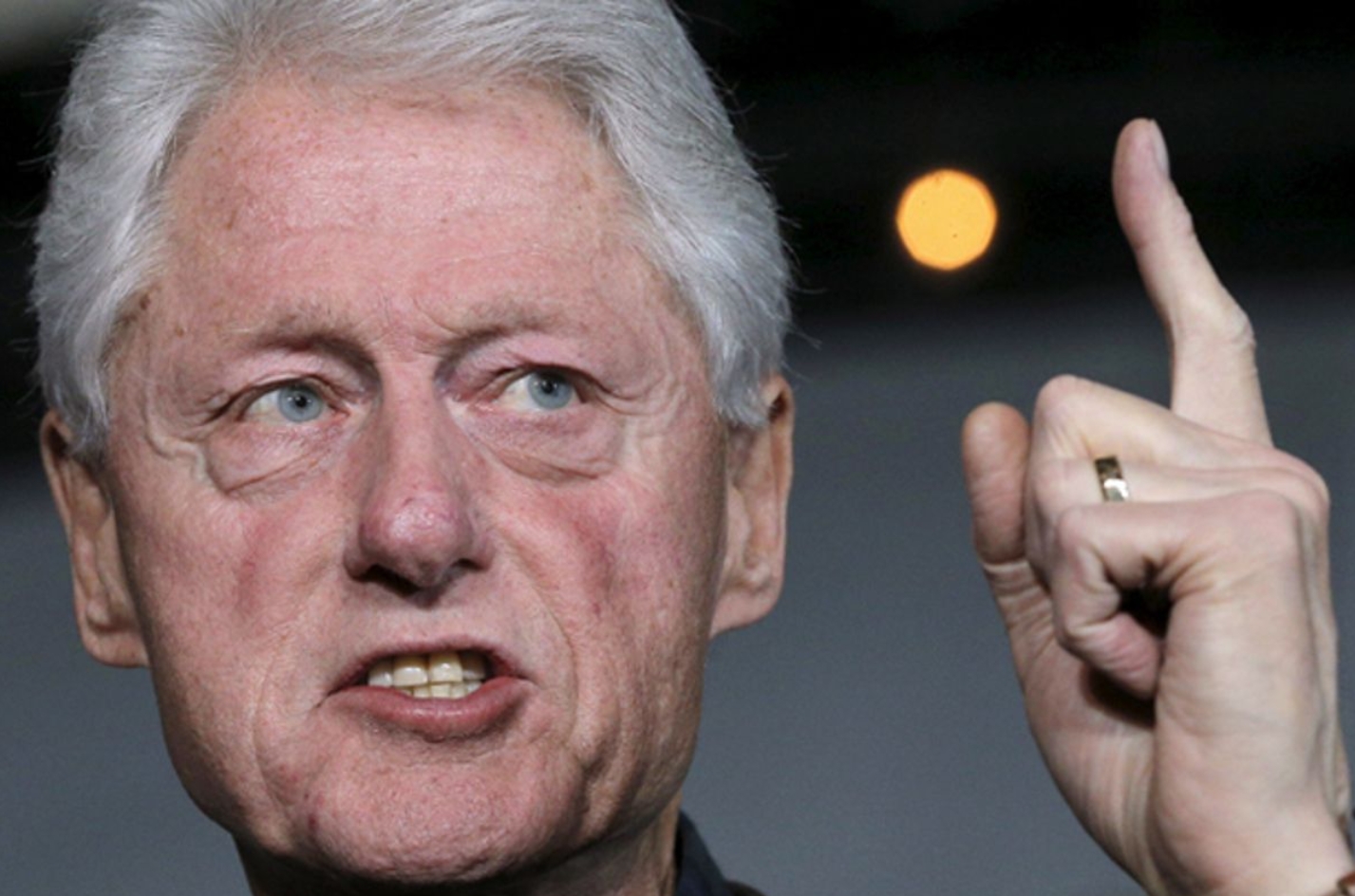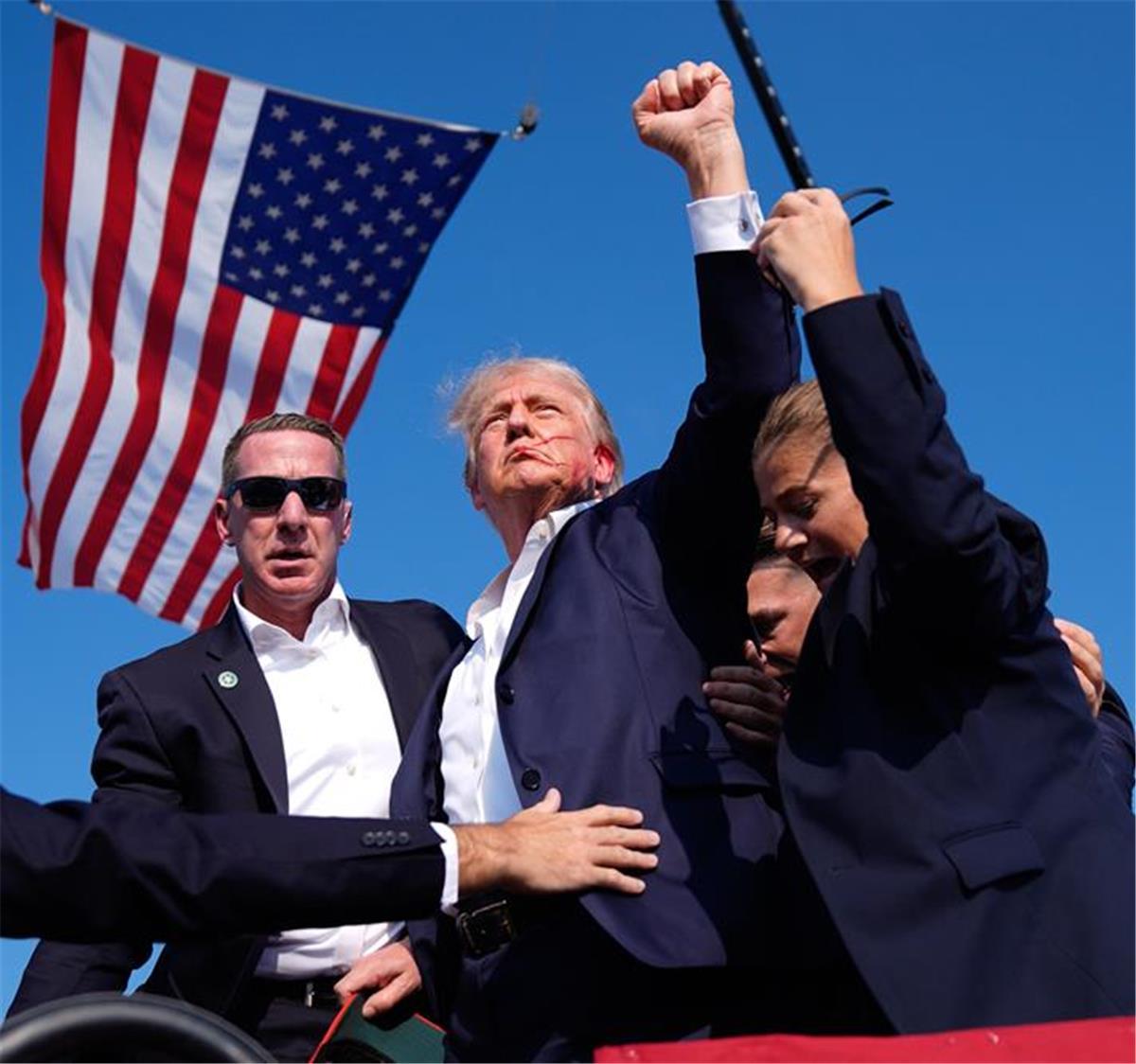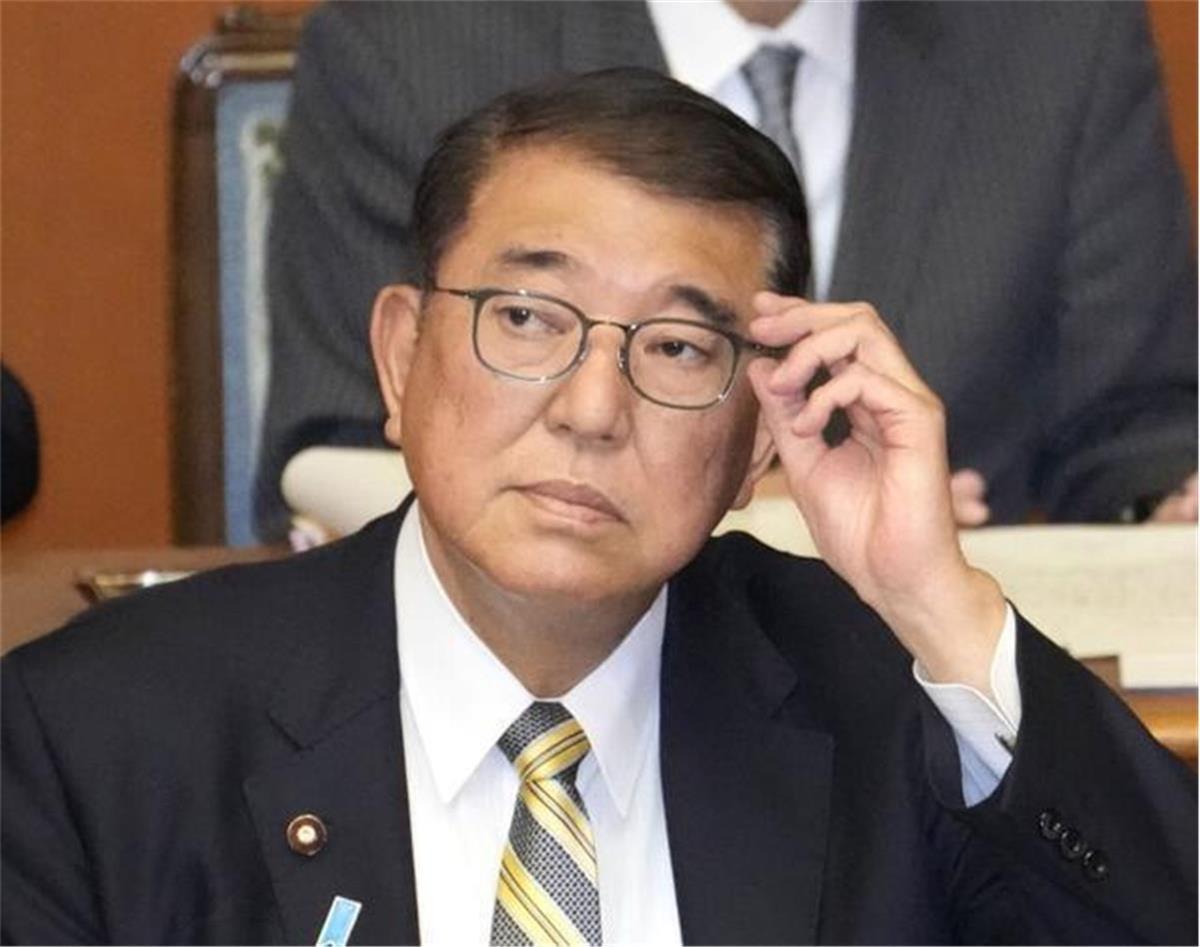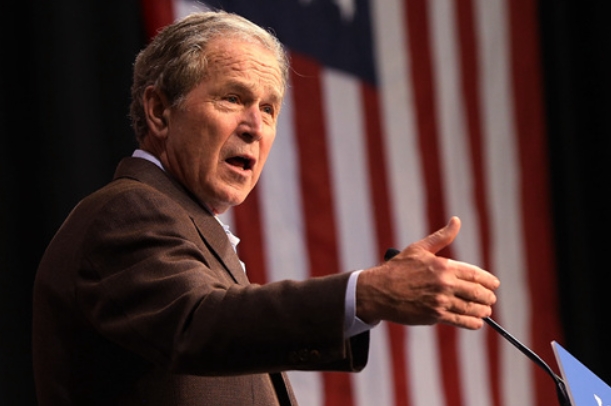How Bill Clinton’s Welfare Reform Changed America

Four years into his presidency with a Republican-controlled congress, Clinton was able to follow through on his campaign promise, overhauling the government-funded program. In 2018, President Trump announced major changes to the welfare program. Take a look back at how welfare began, what happened and where it is headed.
Many experts point to German chancellor Otto von Bismarck’s 1883 Health Insurance Law as the beginning of modern welfare. As a government welfare program for the working class, however, it was far from novel. Both the Roman Empire and the Song dynasty in China as well as parts of the Islamic world in the 7th century collected and distributed basic forms of welfare. But the 1929 stock market crash and ensuing Great Depression would bring welfare to the forefront of American politics and policy.
While a variety of nonprofit, religious, state and local groups had provided charitable efforts to help the poor long before, the level of unemployment and poverty the Depression created soon overwhelmed many of these groups. Whether it was hungry children showing up to school or not at all, workers who couldn’t provide for their families or the elderly living without a pension, Americans were struggling to exist without a safety net.
How did President Franklin Roosevelt’s New Deal get the American economy back on track and which components still have a major influence on society today?
In 1935, the first version of what we now know as American Social Security was created with The New Deal.
President Franklin Delano Roosevelt coined the phrase “New Deal” and referred to the term as his vision for what government could do to “help” Americans. For him, some people had simply been dealt a “bad hand,” and it was the responsibility of the federal government to provide them with a “new deal.”
The New Deal was a sweeping effort by the federal government that sparked considerable controversy from the start. Aside from the New Deal’s focus on job creation and the passing of the Social Security Act (which included old-age pensions, unemployment relief, and family allowances), the New Deal dramatically expanded welfare programs, particularly for the elderly and single mothers.
With the aid of federal tax dollars, welfare use by families grew exponentially following the end of the Depression. In 1936, 162,000 families received welfare. By 1969, 1,875,000 families were receiving assistance.
The aid, however, was not equally dispersed. Federal programs largely ignored or even excluded families of color. The wealth gap grew, and discrimination and segregation became a major part of Ronald Reagan’s presidential bid during the 1970s. Politicians and news outlets at the time painted a picture of the “welfare queen,” perpetuating a damaging stereotype of an African American single mother “cheating the system” in order to take advantage of generous welfare benefits, although welfare fraud is remarkably low.
 Famous Persons
Famous Persons English
English
 Jerry
Jerry Facebook
Facebook Twitter
Twitter Pinterest
Pinterest Linkin
Linkin Email
Email Copy Link
Copy Link










